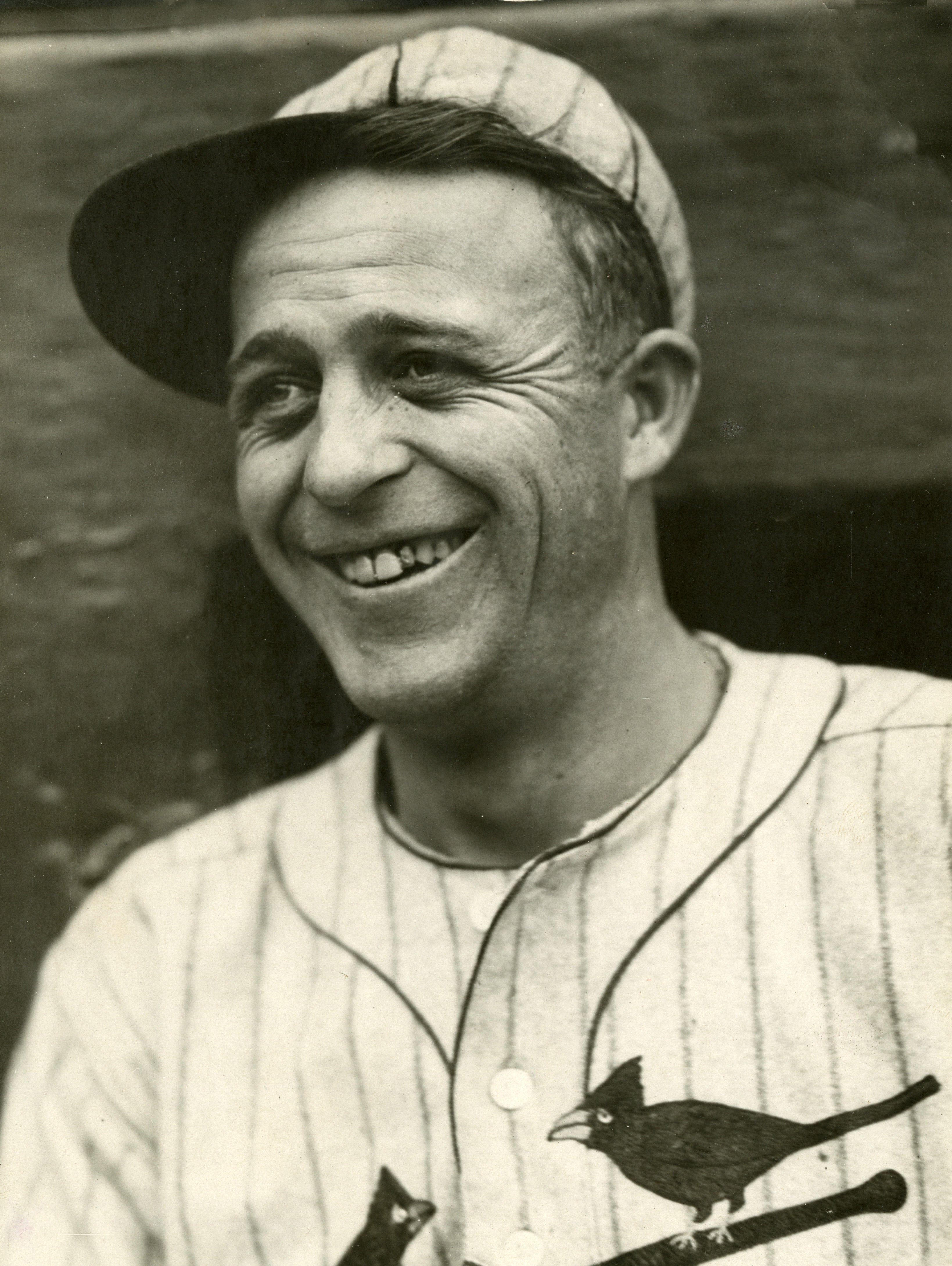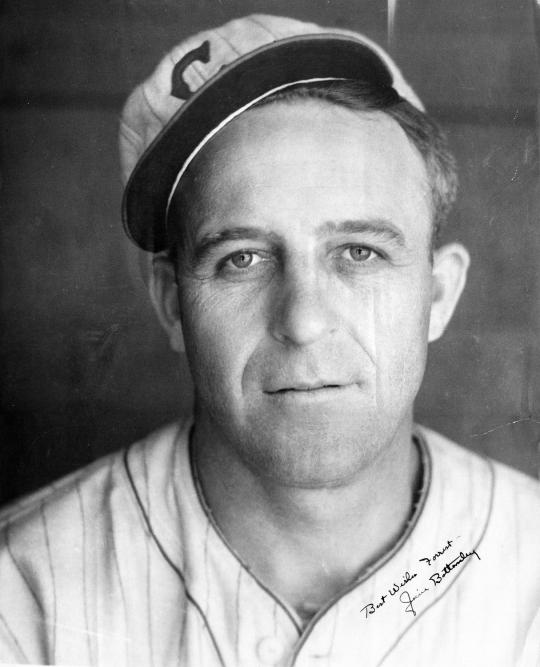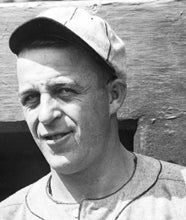- Home
- Our Stories
- Future Hall of Famer Bottomley traded to Reds
Future Hall of Famer Bottomley traded to Reds
Jim Bottomley was already 32 years old in December of 1932, and his best playing days were seemingly behind him.
Still, few trades of future Hall of Famers seemed as lopsided as this one.
On Dec. 17, 1932, the St. Louis Cardinals sent Bottomley – a nine-time .300 hitter and former National League Most Valuable Player – to the Cincinnati Reds for Estel Crabtree and Ownie Carroll.
Crabtree played in just 23 games for the Cardinals in 1933 before vanishing from the Majors for the next seven years, while Carroll never played a game for St. Louis before he was dealt to the Brooklyn Dodgers in February 1933.
Bottomley, meanwhile, enjoyed three productive seasons for the Reds and one with the St. Louis Browns before retiring after the 1937 season.
Bottomley and another future Hall of Famer, Bill Terry, were the National League's dominant first basemen during the late 1920s and early '30s. “Sunny Jim” averaged 118 RBI a season from 1923-30, taking home NL MVP honors in 1928 when he led the Cardinals to the pennant.
But it was in 1924 when Bottomley set a record that has stood unsurpassed for 85 seasons. On Sept. 16, 1924, against the Dodgers, Bottomley drove in 12 runs in a single game. Since then, only 13 other men have posted double-digit RBI totals in one contest. And only the Cardinals' Mark Whiten has matched Bottomley's mark, driving in a dozen runs against the Reds on Sept. 7, 1993.
Crabtree, meanwhile, failed to drive in at least 12 runs in four of his eight big league seasons. Carroll, who was a pitcher, never drove in as many as 12 runs in any of his nine Major League campaigns.
Bottomley finished his 16-year big league career with 1,422 RBIs, a .310 batting average and 465 doubles. He played on the Cardinals' World Series winning teams in 1926 and '31 and was elected to the Hall of Fame in 1974.
Craig Muder is director of communications for the National Baseball Hall of Fame and Museum
Related Stories

Jim Bottomley Named NL MVP

Commissioner Landis frees 74 Cardinals farmhands
Related Stories

Jim Bottomley Named NL MVP






